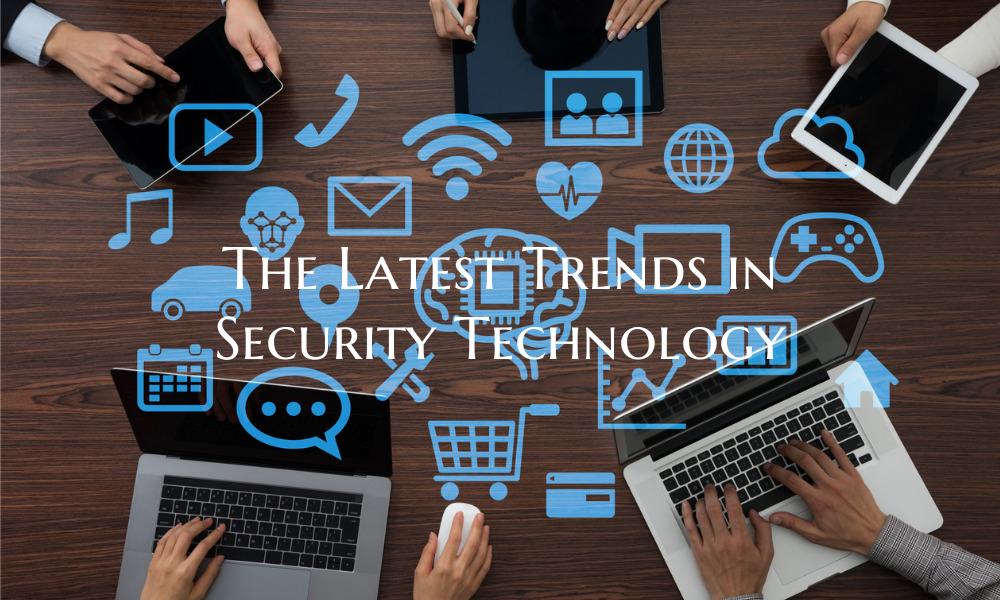The Latest Trends in Security Technology
In today's rapidly evolving digital landscape, the field of security technology is undergoing constant advancements to keep pace with emerging cyber threats and physical security challenges. Here are some of the latest trends that are shaping the future of security technology:
1. Artificial Intelligence (AI) and Machine Learning: AI-powered security systems are becoming increasingly sophisticated in identifying and responding to potential security threats in real-time. Machine learning algorithms can analyze vast amounts of data to detect patterns and anomalies, enabling proactive threat detection and adaptive responses.
2. Biometric Authentication: Biometric security measures, such as fingerprint scanning, facial recognition, and voice recognition, are gaining popularity as more secure alternatives to traditional password-based authentication. These biometric technologies offer enhanced security and convenience for access control and identity verification.
3. Internet of Things (IoT) Security: As the number of connected devices in homes and businesses continues to rise, ensuring the security of IoT networks has become a critical focus for security technology providers. IoT security solutions help safeguard interconnected devices from cyber attacks and data breaches.
4. Cloud Security: With the increasing adoption of cloud-based services and storage, securing sensitive data in the cloud has become a top priority for organizations. Cloud security technologies, including encryption, access controls, and threat detection tools, help protect data stored in the cloud from unauthorized access and breaches.
5. Cyber Threat Intelligence: Threat intelligence platforms leverage advanced analytics and real-time monitoring to provide organizations with actionable insights into emerging cyber threats and vulnerabilities. By proactively identifying and mitigating potential security risks, these tools help strengthen organizations' cybersecurity posture.
6. Physical Security Innovations: In addition to digital security technologies, advancements in physical security solutions are also driving the evolution of security technology. Innovations like facial recognition access control systems, video analytics, and drone surveillance are enhancing the effectiveness of physical security measures in safeguarding people and assets.
7. Blockchain Security: Blockchain technology is being explored as a secure means of storing and transmitting sensitive data across decentralized networks. By leveraging the tamper-proof and transparent nature of blockchain, organizations can enhance the integrity and confidentiality of their data and transactions.
As the threat landscape continues to evolve, staying abreast of the latest trends in security technology is essential for organizations looking to strengthen their defenses against cyber threats and security breaches. By leveraging cutting-edge security technologies, organizations can enhance their resilience and responsiveness in the face of evolving security challenges.

